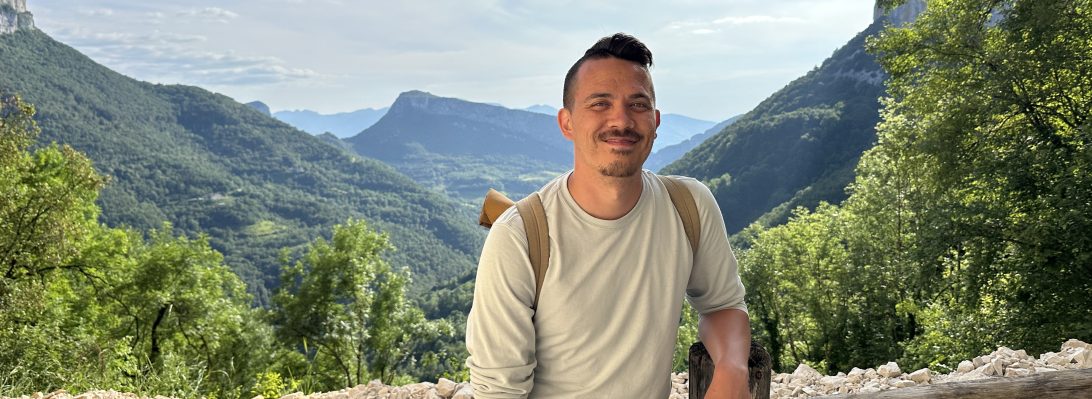Last weekend was kind of like Christmas and my birthday all rolled into one, but with more pink glitter. Some friends I hadn’t seen for years came to town just in time for the Pride parade, and taught me about a fascinating idea: the need to test the invisible webs around you. This week, I needed to test one of mine, and it was harrowing but marvelous. Before I get to my little web though, let me explain what happened.

As the Edmonton Journal noted, there was plenty to celebrate at Pride this year, and I was happy to march with friends in Camp fYrefly, a leadership retreat for queer and allied youth. The creamy pink frosting on top of this cupcake, though, was finding out that my friends Kathleen and Daltry were both in town. We went to a tiny, intimate concert together at CKUA, and sat cross-legged on the floor together surrounded my sweet music.
Of course, what brought them back to Edmonton was not so sweet. A friend took his own life recently, and they’d come for his service.
Daltry’s mom was there too, and we were exchanging stories and proverbs by the punchbowl when the conversation turned to this friend, and what had led to his suicide. If only, she said, he could have seen the massive web of love that coalesced around him for that funeral, seen it while he was still alive. If only, she said, we had more chances to test those webs and see what they look like.
It was funny because someone else at the concert had just told me about another kind of important test. She was about to travel to Montreal, and I asked her if she planned on joining the protests there. She sighed, and said probably, but she was pretty anxious about getting arrested. A fine would basically ruin her finances at school for the next year, but she said the Quebec government’s new laws to restrain the movement made it hard for her to shut up.
It frustrated her because it seemed to confirm a theory of Nietzsche’s: that in Western democracies, we never really exercise our liberty because we trust that it’ll be there when we need it. That in a moment of crisis, the state would give us space to claim it. To her, the laws banning masked protests, unannounced gatherings of 50+ people, and fines in the tens of thousands of dollars for students group illegally organizing, smacked of a promise that was shown as false the moment it was tested.
What occurred to me was that the Pride parade is just such an event: an opportunity to test the webs of liberty and love that we hope are there. Twenty years ago, marching down the street declaring this kind of love here meant getting chased down the street and called faggots, and risking beatings from homophobic crowds. In most places in the world, it still does. This year, that test was honoured in Edmonton by the appearance of our province’s premier, and hours of rainbow flags and heavy mascara and dance music downtown.
Which brings me to my own harrowing test this week. After the glitter settled, I realized I had mixed up a deadline and had less than 24 hours to make a gigantic job application, with three sealed references, physically manifest itself across the country to be hand-delivered. It happened.
I’d like to say it was incredible, but it was really just implausible. So many brains working so hard to get these documents together, and printed out in another city? I felt like I was facing sub-District 12 odds of making it. But friends and old bosses pulled through in a way I was honestly astonished by. It was humbling.
It’s not often we get a chance to test those invisible webs. I am truly blessed to say that when I needed mine, it was there. To every one of you out there who’s part of it, thank you.

